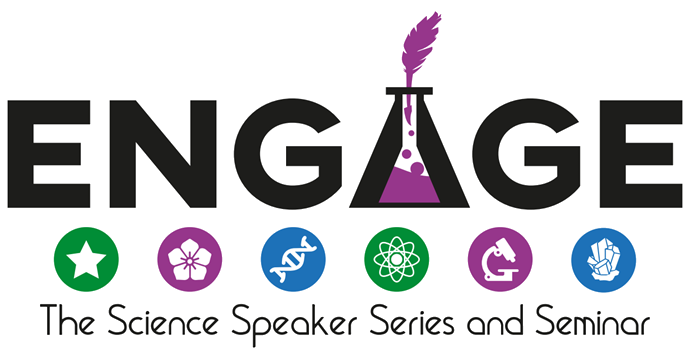Science’s Big Dream of Going Small
Image Credit: NASA, Public domain, via Wikimedia Commons
Elizabeth Holmes raised over $700 million in capital and secured a $10 billion evaluation for her company, Theranos, by promising a piece of technology that didn’t exist. Specifically, she claimed to have a chip that could test for an array of diseases with just a drop of blood. These claims turned out to be fraudulent, and Holmes would go from “the world’s youngest self-made female billionaire” to servings an 11 year prison sentence for defrauding investors.
But why blood tests? Putting the Silicon-Valley hype and political scam-artistry aside, how did a company become a billion-dollar unicorn when their only promised innovation was to perform the same blood tests that had been in use for years, just on a smaller scale? The answer to this question is rooted in a decades old desire for medical and biological sciences to move from the benchtop onto a microchip. The concept of a “lab-on-a-chip,” or a single miniature device that integrates one or several analyses, originated in the 1980s with the development of microfluidics – devices that can manipulate droplets thousands of times smaller than a rain drop. Cheap home-use diagnostics such as modern pregnancy tests and glucose strips, as well as the ubiquitous home COVID tests are all examples of very simple microfluidics. From the beginning, the allure of the lab-on-a-chip lay with its potential. By automating and miniaturizing processes that are typically done by hand, a well-designed device could reduce human error and improve ease of use, provide faster and more sensitive diagnoses, run multiple diagnostic tests at once, reduce operational cost and hazardous waste volumes, and improve the accessibility of science and healthcare.
Shifting the paradigm of laboratory science doesn’t come without a unique set of roadblocks, however. Effects of surface roughness, chemical interactions between materials, and physical capillary forces must all be considered when developing a device operating at the microscale level. When adapting a macroscale workflow to a microfluidic device, this added complexity can result in inconsistent performance quality and diagnostics with poor sensitivity. Less expensive materials and means of fabrication must also be found if lab-on-a-chip devices are to ever be adopted by a mass audience.
While lab-on-a-chip devices might not be ready for the mass market, the past couple of decades have seen some truly impressive advancements in lab-on-a-chip technology within the academic research space. The development of digital microfluidic devices in the early 2000s that could freely move droplets around an electrode board without the need for channels or pumps introduced a level of dynamic programmability not previously possible. Approaching the 2010s, researchers demonstrated the first example of an “organ-on-a-chip,” or a microfluidic device that replicated the environment of a functioning organ. This allowed for a more accurate experimental environment than cells in a petri dish could provide, without having to resort to animal testing. The invention of paper-based microfluidics around this time made low-cost fabrication possible. In recent years, wearable monitoring devices, such as blood glucose monitors, have been developed for consumer use.
Digital microfluidics device (top), lung-on-a-chip (bottom left), and paper-based microfluidics (bottom right). GaudiLabs, OpenDrop, CC BY-SA 2.5 CH, via gaudi.ch/OpenDrop허동은교수, CC BY-SA 4.0, via Wikimedia Commons CC BY-SA 2.5 CH, via wetPONG
Despite the incredible advancements made in academic research labs, the lab-on-a-chip dream has yet to be realized in a widespread, real-world context. This is not to say that the dream is unattainable, but that the technology still has many hurdles to clear before achieving its full potential. Although the concept is pushing 40 years old, it has only just grown beyond teething and started learning how to walk. When something shows so much promise, it can be easy to mistake the good it could possibly do in the future for the good it can actually do in the present. Theranos failed for many reasons, but not because the dream of a lab-on-a-chip is unrealistic. It failed because people ignored the ugly, boring, unsatisfying fact that science is slow. There is an infinity of things to discover, and an equally vast set of problems to solve along the way. When investors, policy makers, and the public wrongly believe that science works as a series of “Eureka moments” and expect overnight successes, money can be lost, credibility can be shattered, and real people can be hurt. By taking the time to explore and iterate, however, we can actually make revolutions happen… it might just take a little while.
Rory does research at the intersection of computation and biology. Sometimes this means using DNA as a hard drive to store digital data, and sometimes this means using electronics to automate biological experiments. Rory has spent the last 2 years developing open-source hardware and software with the aim of making biology and chemistry research more accessible, efficient, and equitable.



